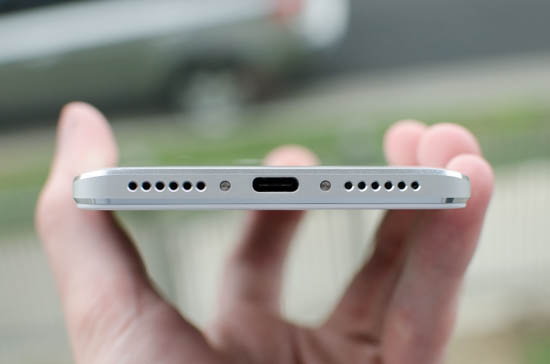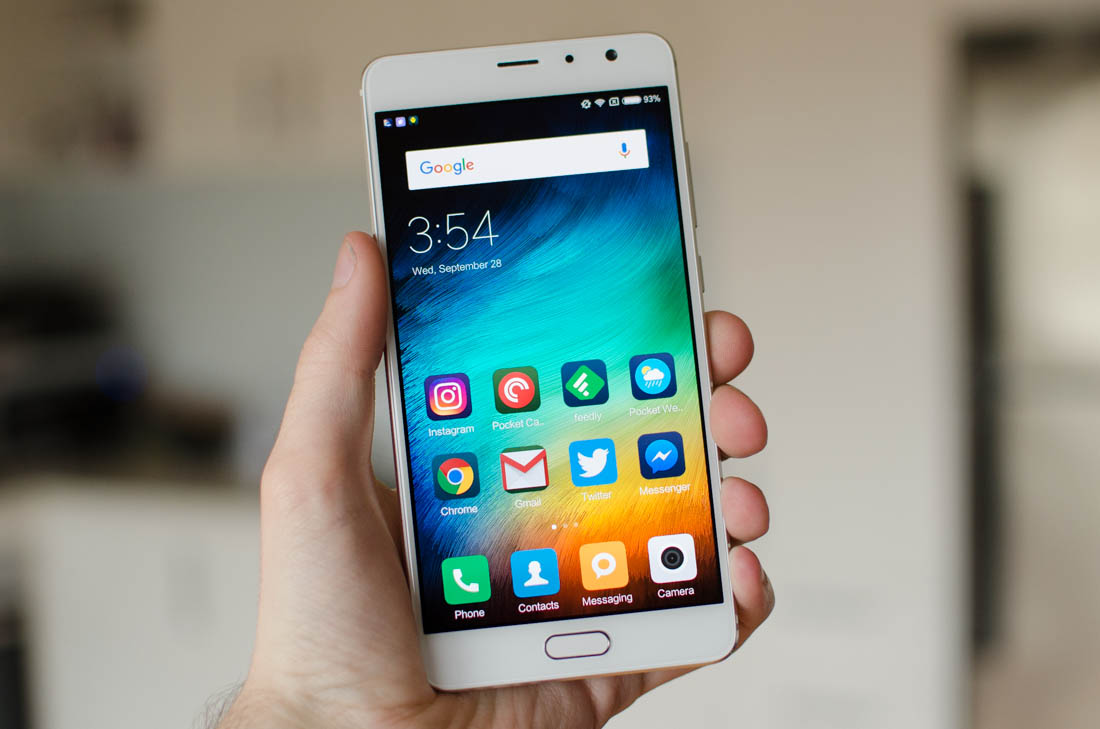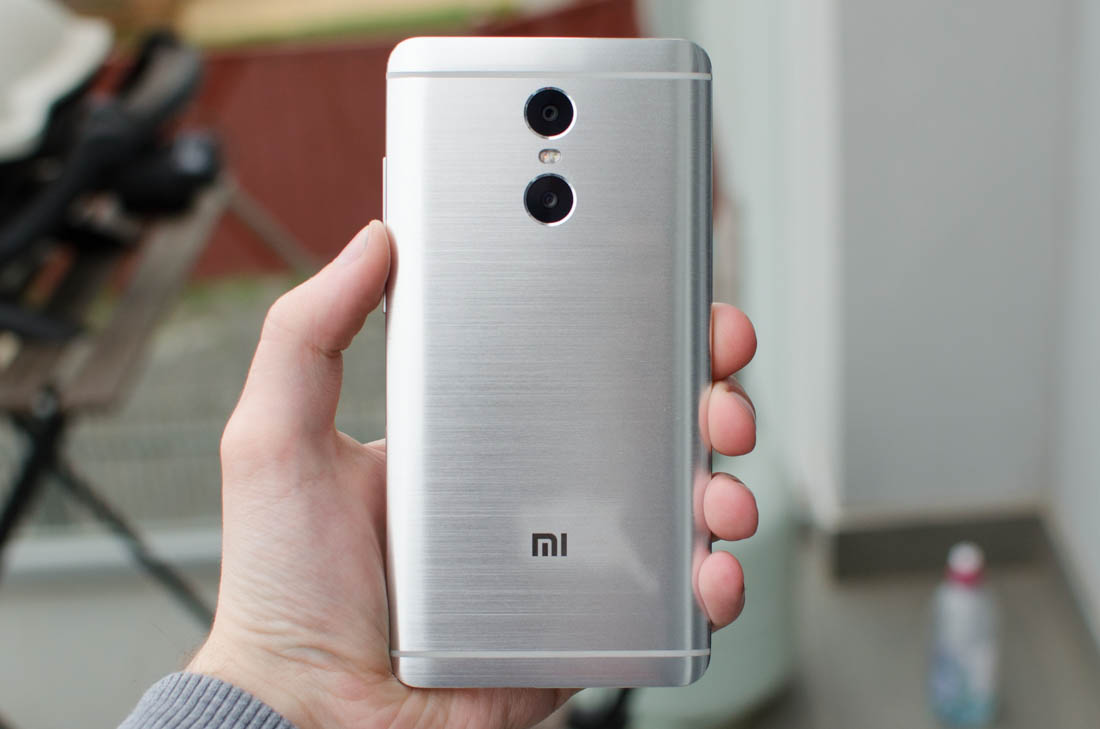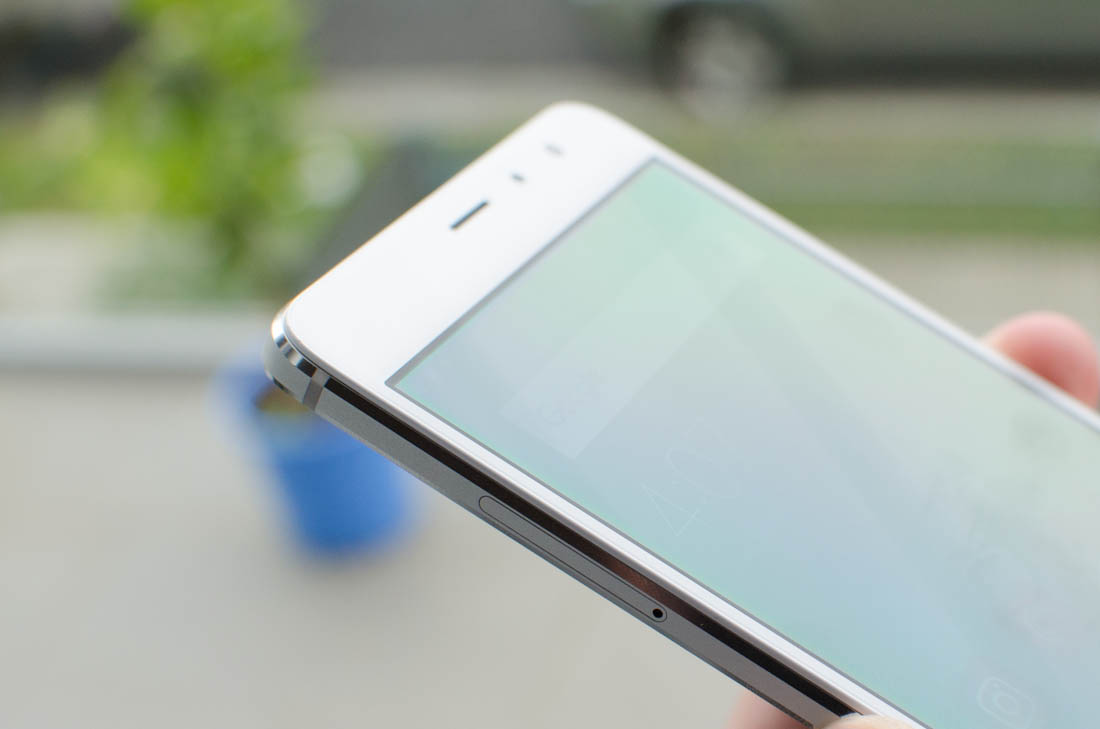One of the most interesting companies in the smartphone market is Xiaomi. While the Chinese smartphone manufacturer largely sticks to selling devices in its homeland, people around the globe import significant quantities of Xiaomi products due to their low, competitive prices.
The Xiaomi Redmi Pro is one such product that immediately caught the eye of many budget smartphone hunters. It packs a 5.5-inch 1080p AMOLED, a dual-camera system for refocusing and creating bokeh effects, a massive 4,050 mAh battery, and a decent MediaTek Helio X20 SoC with 32 GB of storage. All of this can be had for just under $250 from Gearbest.
Gearbest provided TechSpot with the Xiaomi Redmi Pro to review. Use coupon code miPro to get the Redmi Pro 32 GB for $242.99, or code miRedmiPro to get the 64GB variant for just $247.99. Shipping is free to most countries.
Or check out their full range of smartphones, we think there's some great deals to be found.
While the hardware can seem great on paper, I've seen my fair share of Chinese devices that fail to live up to their specs, or include software packages that aren't localized or butcher Android itself. The Redmi Pro falls in the latter category, so prepare yourself: if you want a decent experience outside of China, you might need to tweak the software to get things working correctly.
That's not to say you should completely ignore the Redmi Pro. There's actually a few things to like about what Xiaomi is providing for such a low price, particularly as far as the hardware is concerned. But for Westerners this phone falls into enthusiast category, so casual users that want a perfect phone out of the box should perhaps opt for something else.
So what are the hardware aspects to the Redmi Pro that make it a phone worth considering? Let's start with the design, because what Xiaomi has implemented here may be a bit familiar to those who closely follow the smartphone market.
The Redmi Pro is a combination of a brushed aluminium rear shell that curves around all four edges, and a glass front panel with either white or black bezels depending on the color you opt for. For a mid-range handset, the build quality is fantastic and the phone itself is quite attractive, however there are many design elements that have been clearly borrowed from smartphone design leaders HTC and Apple.
The front panel is a sleeker version of current iPhones and similar to the HTC 10. The large screen is flanked by a rounded-rectangular fingerprint sensor at the bottom, along with capacitive navigation buttons, and a small speaker with nearby sensors at the top. It's a derivative design that doesn't set the world on fire, but that's pretty typical for a phone in 2016.
The rear aluminium panel, with a great brushed silver finish on my review unit, is reminiscent of the original HTC One. The metal back isn't as curved as the HTC One, but the large circular cameras centered at the top, plus the white antenna bands, makes the Redmi Pro look like it came straight from a HTC factory.
The machined metal edges remind me of the HTC One M9. The single-piece metal back appears to wrap around the edges like a shell, exposing a small portion of white plastic that belongs to the front panel. In the hand this creates rather sharp edges - another feature of the One M9's design - however the Redmi Pro is still comfortable to hold, and the edge design prevents the phone from easily sliding out of your grip.
The use of a mostly metal design has a number of advantages. Firstly, it looks superb, and makes the Redmi Pro look like a far more expensive device than it really is. I love it when manufacturers don't skimp on design for mid-range products, and Xiaomi seems to do well here. Secondly, the Redmi Pro feels very solid and dependable in the hand. And lastly, I always appreciate the texture of aluminium, especially how it feels cold after an hour or so without use.
 |
 |
The bottom edge of the Redmi Pro looks remarkably similar to the iPhone 6s Plus and iPhone 7 Plus. The centered USB Type-C port (a great inclusion here) is flanked by visible screws and two six-hole speaker grilles, which could easily be mistaken for an iPhone by an untrained eye. Xiaomi seems to love pushing the boundaries of what is legally acceptable in a smartphone design.
The left edge has a single tray for either two nano-SIM cards, or a single SIM and a microSD card. On the opposite side are both the volume rocker and power button, positioned comfortably but with a somewhat soft clicking mechanism. On the top are both a 3.5mm headphone jack - a crucial inclusion on smartphones - and an infrared blaster for controlling home theatre equipment.
At 8.2mm thick and 174 grams heavy, Xiaomi aren't going for any slimness records here. However, considering this phone packs in a large 4,050 mAh battery, the phone feels dense though surprisingly compact. I had no trouble operating the 5.5-inch display throughout my time using the Redmi Pro due to reasonably-sized side bezels, and the display is much more manageable than, say, the Xiaomi Mi Max.





